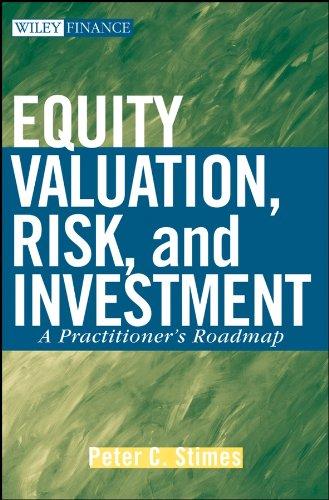Problem Set 3 (Part B): You are assigned to the risk management department of Torbram Wheels Inc., a Canadian chain of auto service shops with outlets in North America and internationally. Your office is located in Mississauga, Ontario, Canada and the earnings of Torbram are stated in Canadian dollars. Your responsibility is to manage the foreign exchange risk arising from operations in the European Community. The current exchange rate is $1.10 U.S. per euro. Currently Torbram eams net profits from EC operations of 1.2 million euros per month, which are repatriated to the Canadian head office. The firm also has pension obligations to retired employees in the EC of 2 million euros per month. Pension funds for the entire company are managed in the Canadian head office and invested in Canadian assets. While the pension obligations are quite stable, monthly profits are subject to fluctuation with economic conditions and seasonality, The CFO has identified one month as the appropriate planning horizon and foreign exchange forward contracts with a major bank, currency futures and currency futures options (puts and calls) as possible hedging vehicles. To complete your engagement, do the following: A. Assess Torbram's exchange rate exposure. B. Explain how Torbram could hedge with each of the possible vehicles. For each, state the appropriate position (buy or sell) and state your reasons briefly. C. Suppose the CFO is committed to hedging all the foreign exchange risk from European operations. How would these considerations affect your recommendation on the best choice of hedging vehicle? Problem Set 3 (Part B): You are assigned to the risk management department of Torbram Wheels Inc., a Canadian chain of auto service shops with outlets in North America and internationally. Your office is located in Mississauga, Ontario, Canada and the earnings of Torbram are stated in Canadian dollars. Your responsibility is to manage the foreign exchange risk arising from operations in the European Community. The current exchange rate is $1.10 U.S. per euro. Currently Torbram eams net profits from EC operations of 1.2 million euros per month, which are repatriated to the Canadian head office. The firm also has pension obligations to retired employees in the EC of 2 million euros per month. Pension funds for the entire company are managed in the Canadian head office and invested in Canadian assets. While the pension obligations are quite stable, monthly profits are subject to fluctuation with economic conditions and seasonality, The CFO has identified one month as the appropriate planning horizon and foreign exchange forward contracts with a major bank, currency futures and currency futures options (puts and calls) as possible hedging vehicles. To complete your engagement, do the following: A. Assess Torbram's exchange rate exposure. B. Explain how Torbram could hedge with each of the possible vehicles. For each, state the appropriate position (buy or sell) and state your reasons briefly. C. Suppose the CFO is committed to hedging all the foreign exchange risk from European operations. How would these considerations affect your recommendation on the best choice of hedging vehicle







